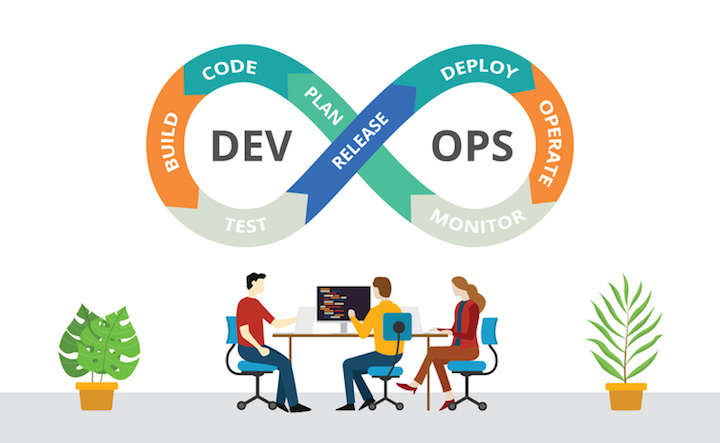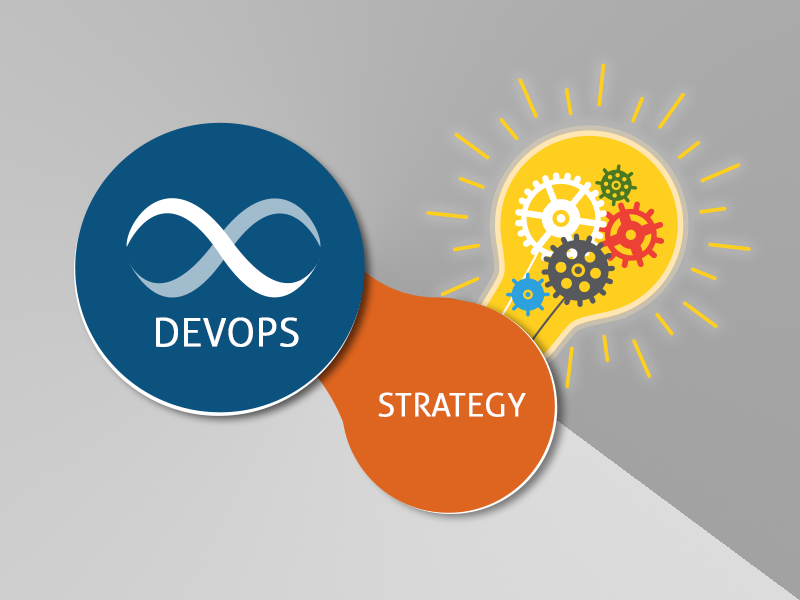How to Implement DevOps From Scratch

Implementing DevOps from scratch is a one-time challenge. Once you do it successfully and adopt it slowly, DevOps becomes your company’s culture. Effective and efficient execution of DevOps requires a sound plan, a roadmap. Here’s a step-by-step roadmap to help you move from a traditional software development approach to a more effective software delivery as offered by Gammastack:
Formulating a DevOps Initiative
No roadmap comes without establishing goals and objectives. And so, you need to formulate your DevOps initiative in the very first step. This helps you evaluate your company’s DevOps needs and requirements.
It is also important to write down goals and objectives that resonate with your current project or a specific product. As DevOps is a flexible approach, not all the objectives are common. As you formulate the DevOps initiative and share it with your team, it creates a better understanding of the project.

Building the Right Strategy
Now comes your strategy. While building your strategy keeps the important factors into consideration, such as speed, efficiency, integration, enhanced communication, and security. Follow the DevOps best practices to come up with a productive strategy. Make sure you include a monitoring plan in your strategy.
Also, your strategy should define and assign the roles and responsibilities of each team member.
Using Containerization
Containerization tactic is significant in DevOps implementation. Containerizing separates the independent parts of infrastructure so that they can run in any environment. This eliminates any dependencies and allows the quicker application of small-scale changes. It adds to the overall flexibility and reliability of the software.
Integrating CI/CD Pipeline into Infrastructure
Next comes the integration of CI/CD pipeline into automation infrastructure. For this, you need to utilize CI/CD and automation tools. The automation tools like Ansible, Chef, Puppet, etc. can be integrated with CI/CD tools such as Jenkins, Bamboo, etc. This integration allows for quicker configuration and software deployment.
Choosing the tools rightly is a significant process as Ansible goes well for smaller projects, while Kubernetes is great for larger infrastructures. You need to pick the ones according to your product size.
Increasing Automation and Aligning QA-Dev
For rapid delivery cycles, you need to increase automation testing. However, not all the testing should be automated as some aspects like security and usability must be checked manually. It is best to keep the functional testing manual. This helps with better evaluation.
Next comes QA-Dev alignment!
Aligning quality assurance (QA) and development adds to the quality of the product during development cycles. By aligning QA and development, you can detect errors and bugs before shorter releases.
Measuring Performance and Identifying Defects
Measuring performance ensures transparency of the DevOps process. Picking the right performance metrics to allow better performance analysis. Some simple yet crucial performance metrics include speed, quality, crash rate, resource utilization, and feedback.
Performance metrics must be a part of the monitoring plan for better results.
Final Thoughts
Implementing DevOps binds efficiency and quality together. You need to have an effective roadmap for implementing DevOps from scratch. The key is to understand and adopt DevOps best practices such as CI/CD pipeline, automation, rapid testing, and total monitoring.
Read more information on how to implement DevOps on this resource.